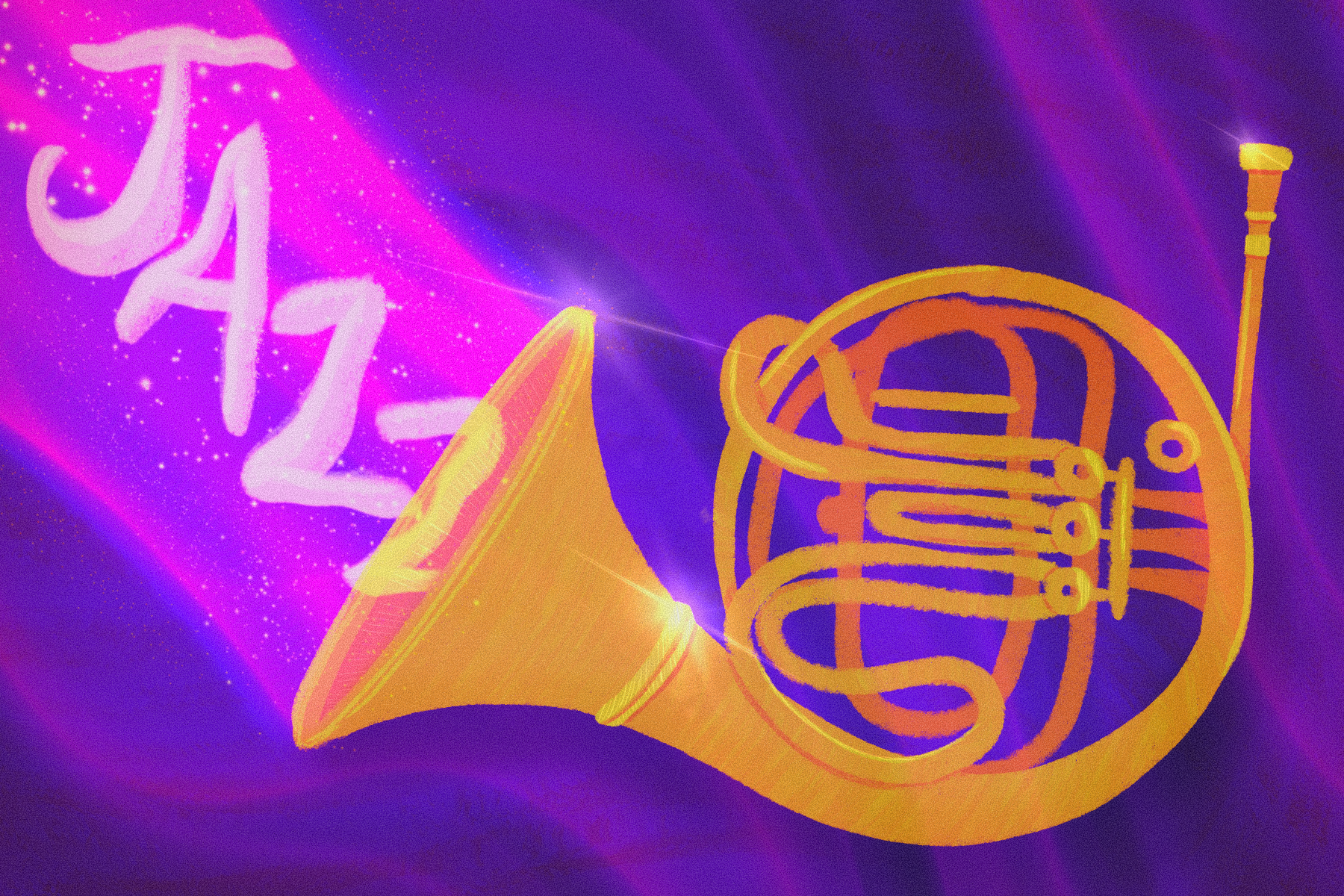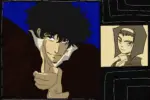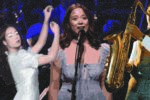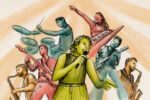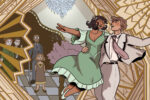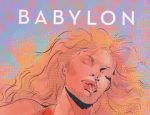What is Jazz? What’s it about? How’s it been represented on the screen? And why should people care to listen to Jazz?
The percussion edges you in: a sizzling hi-hat and a low drum. Then a note, another, a third, and the crooked squiggling familiar sound of white & black piano keys fill the air with an intangible elan. This groovy urbanity continues its vivacious attack on the senses as the bass begins its bellow; one can feel the emotion, the inexhaustible vigor — it’s electric. And then suddenly, the sax comes in and one is become engrossed in the exuberant momentum of impassioned humanity. Envision it, hear it, FEEL it. That is Jazz — or a sprinkle of it, at the very least.
Jazz is the epitome of American art. It’s been repeatedly titled as “America’s only true art form” and the US’s singular most prominent contribution to worldwide art and music.
But what is it? And what’s the big deal?
At its origin, Jazz was a musical blend of American Blues, African rhythms and European harmonic arrangements concentrated on improvisation. Its roots lie in late 19th-century New Orleans, Louisiana — a global hub where slaves, refugees and all who were racially and ethnically segregated from around the world would congregate in Congo Square, sharing their cultures, traditions and a common passion for musical expression.
The spirited musical blend spread throughout the early 20th century and became a tradition in itself, becoming deeply embedded in Southern American culture. All this considered, Jazz didn’t rise to popular fame until the 1920s, when the war-concerned American morale was at an all-time low, and people started seeking out the music’s bright tone. With the work of brilliant artists by the likes of Louis Armstrong, and Ella Fitzgerald and Miles Davis, Jazz quickly rose to international appraisal and inevitable popularity; all through the rest of the 20th century, it would float over to Asia and Europe. By doing so, Jazz became infused with the timbres, colors, themes and spirit of all of those countries, evolving into something more complex and multifaceted.
Today’s definition of Jazz is directly linked to one of the concurrently most all-engrossing yet simple concepts in human art: Globally-influenced improvisation — to the max.
With the World Wide Web’s absolute globalization and the consequent continuous free-flow of musical influences, inspiration and ideas, Jazz in the modern sense has evolved into more than just one thing. Its impact has reached practically every American music genre and continues to expand and develop, as has its following.
Jazz has also influenced and appeared throughout many other media, including literature, visual art, and film. In the past ten years, three films in particular have markedly approached the subject of how to enjoy Jazz at the forefront of media consumption: “Whiplash,” “La La Land” and “Soul.”
2014’s “Whiplash” follows the arduous technical and obsessive side of music-making at the pre-professional level. The protagonist becomes self-destructive in his pursuit of ‘greatness,’ obsessively practicing his instrument, pushing his body beyond its limit and driving himself mad in doing so. At the film’s dramatic climax, the protagonist’s obsession ushers a sort of clarity, and the musical purity of the moment is communicated to the viewer as a visceral experience. “La La Land”, directly following in 2016, approaches Jazz from a completely different perspective — one of love and profound almost-religious admiration for the musical art form. The protagonist – not unlike the one in Whiplash – also lives for Jazz, but in a way that portrays it as a dying beauty, something only an unfortunate few have learned to appreciate. In a society where Jazz is seen as mere “elevator music,” this sentiment rings especially true, and is furthered in 2020’s “Soul”, which approaches Jazz in a way that somewhat blends the two. It communicates the idea that by becoming too deeply entrenched in the technical machinery or the artful beauty of the musical genre, we lose sight of what truly makes it a timelessly beautiful experience. This touches on the crux of what Jazz is and why it’s so important.
Jazz is deeply rooted in the cultural history of the USA, but that’s not the only reason why it’s the epitome of American art. The crux of what makes Jazz Jazz has inspired a lifestyle — hips swing at the intimate rhythm of the everyday instruments, words flow like melted butter and the beauty of a single note is experienced, not just heard. As a concept, it has become a symbol of American freedom; the unshackled human spirit and its ability to transcend language, culture and race; human expression in its purest form.
Jazz is beautiful and meaningful because of its improvisatory nature. The essence of it is that no two renditions of the same Jazz piece are the same, just as no two moments within a Jazz improvisation are either. It makes us appreciate the present moment — the brevity of life — and in understanding so, it teaches the human race to appreciate how beautiful each moment of this life truly is. Every second, every moment is singular.


